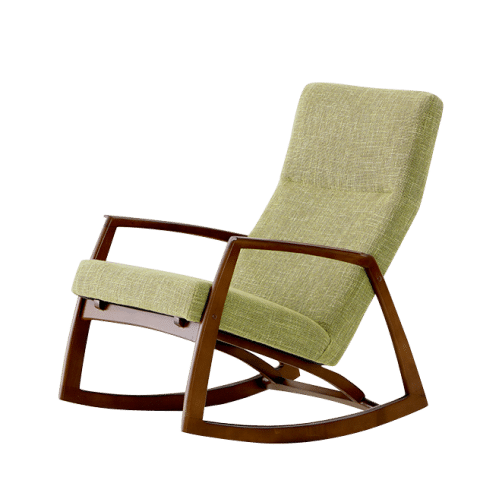The person doing a session is comfortably seated in a chair and listens to music or watches a video. You don’t have to concentrate or force yourself to hear or see. You can close your eyes and sleep. During this time, your brain perceives interruptions that cause it to reorganize itself.
The number of sessions is not known in advance because each person’s central nervous system is unique.
The person can feel better very quickly: changes can take place very quickly and these changes will lead to others. For others it may take longer, there are no rules.
In their experience, practitioners have found that often the rhythm of two sessions per week (or even three) allows a person to feel better quite quickly. This remains an ideal. But other rhythms are quite possible. One can do only one session per week. The changes can be slower, but it can also help to accept the idea that the process of change can take time. You put less pressure on yourself, you give yourself more time to discover the differences from one week to the next.
Moreover, there is no pre-set number of sessions. It is during the sessions that each person will be able to see the improvements obtained and the objectives that he or she wants to achieve and see those that he or she still wants to achieve.

Due to its non-invasive and progressive nature, dynamic neurofeedback is suitable for all ages, from young children to the elderly and people with disabilities.
Anyone who wants to see their life improve and overcome certain difficulties. There are even students who come for sessions before their exam periods or people who want to prepare for a job interview and others who want to perform in the professional and/or commercial field or speak in public.
A session as a whole lasts about 1 hour, exchange and session.
The duration of “plugging in” is 33 minutes. This is, according to the research of the designers, the optimal duration of “work” of reorganization of the brain: below this time, its full potential is not exploited, and beyond this time, fatigue would take over!
The practitioner’s role is to welcome and accompany you, creating a space where you feel free and confident.
The practitioner helps to define the goals you set for yourself (using progress monitoring sheets and other tools), also evaluates the effects between sessions.
He helps you by his presence, his listening and his availability. He respects professional secrecy.
He accompanies you in this process of change which is not linear and which can be made of ups and downs, which are quite normal, in life and also in change.